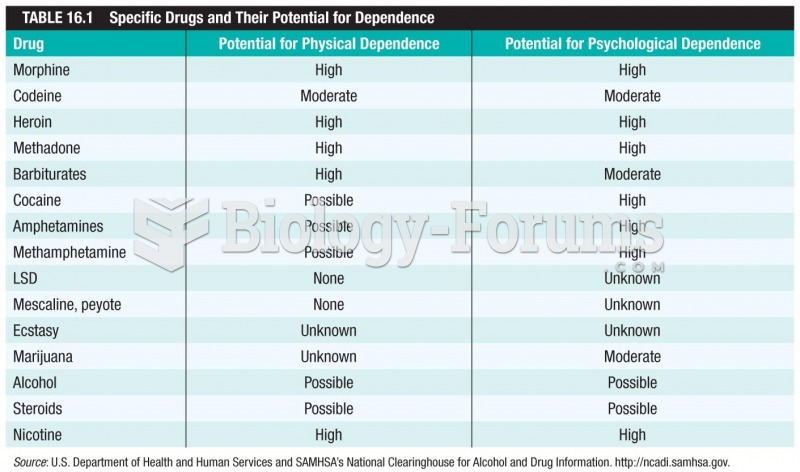Answer to Question 1
The HR role in performance appraisals begins with the strategic process of creating evaluation tools that tie directly into the company's big picture objectives. Then, on a day-to-day basis, HR coordinates the actual appraisal process, which typically involves volumes of paperwork. HR must also ensure that managers are trained in how to provide relevant, honest, objective feedback, and that workers at every level know how to respond if they believe their appraisal is not fair.
Both giving and receiving evaluations tend to be awkward for everyone involved, and unfortunately, uncomfortable people tend to make mistakes. Following are the most common appraisal goofs.
Gotcha Too many managers use the performance appraisal as a chance to catch employees doing something wrong, rather than doing something right.
The Once-a-Year Wonder: Many companies mandate annual reviews, but some managers use that as an excuse to only give feedback once a year.
Straight from the Gut: While gut feel can have real value, it's no substitute for honest, relevant documentation of both expectations and accomplishments.
What Have You Done for Me Lately? Many managers give far too much weight to recent accomplishments, discounting the early part of the review period.
The Me Filter: While appraisals are a bit subjective by their very nature, some managers filter every comment through their personal biases. Here are some examples:
Positive leniency: I'm a nice guy, so I give everyone great scores.
Negative leniency:
I have high expectations, so I give everyone low scores.
Halo effect: I like this employee, so I'll give her top scores across the board.
For a performance appraisal to be effective, the manager must focus on fairness, relevance, objectivity, and balance. Equally important, the manager should give feedback on a continual basis to eliminate surprises and maximize performance
Answer to Question 2
New employees come from two basic sources: internal and external.
Internal recruitment involves transferring or promoting employees from other positions within the company. This approach offers several advantages:
Boosts employee morale by reinforcing the value of experience within the firm
Reduces risk for the firm since current employees have a proven track record
Lowers costs of both recruitment and training
But companies often find that they don't have the right person within their organization. Perhaps the firm is too small, or no one has the right set of skills to fill the immediate needs. Or maybe the firm needs the fresh thinking and energy that can only come from outside. When this is the case, companies turn to external recruitment.
External recruitment, or looking for employees outside the firm, usually means tapping into a range of different resources. This may be more time-consuming, expensive, and risky than internal recruiting, but it may enable the firm to find employees with better qualifications. It may also bring in fresh ideas and new enthusiasm. Possibilities for locating employees from external sources include employment websites, newspaper ads, trade associations, college and university employment centers, and employment agencies. But the most promising source of new hires may be referrals from current employees. A growing number of organizations offer their current employees a cash bonus-typically 1,000 to 2,000-for each person they refer to the company who makes it past a probationary period. As an added benefit, employees who come through referrals have an excellent chance at success, because the person who recommended them has a stake in their progress. Employee referral programs also represent a real bargain for employers, compared to the average cost per new hire of more than 4,000. Not surprisingly, a higher level of employee referrals correlates to a higher level of shareholder returns, although lack of diversity may become a long-term problem with relying on employee referrals.







